Dogs communicate in various ways, with barking being the most prominent. Some dog breeds have distinct bark sounds, making them stand out in the canine world. This article highlights ten dog breeds with the most unique bark sounds, delving into their characteristics and the reasons behind these distinctive vocalizations.
1. Basenji
The Basenji, famously known as the “barkless dog,” makes a unique sound known as a “barrio” due to its unusually shaped larynx. This sound is a mixture of a chortle and a yodel, distinct from the typical bark of other dog breeds. The Basenji’s bark resulted from its genetic makeup and historical breeding in Central Africa, where a quieter dog was more desirable for hunting.
2. Basset Hound
Basset Hounds have a deep, throaty bark, often described as a bay rather than a bark. This loud and long-lasting sound is typical of scent hounds and is used to alert hunters to their location. The Basset Hound’s bark reflects its breed characteristics: a scent hound with a strong sense of smell and a steady, persistent nature.
3. Siberian Husky
Siberian Huskies are known for their wolf-like howls, distinct from the typical dog bark. Their cry can be long and lyrical, often used to communicate with other dogs or their human family. This characteristic stems from their lineage, which is closely related to wild dogs and wolves.
4. Beagle
Beagles have a unique bark, often described as a bay. This loud and distinct sound is used, especially when they are on a scent trail. Beagles were bred as hunting dogs, and their bark is essential for communicating with their pack and handlers during a hunt.
5. Chihuahua
Chihuahuas are known for their sharp, high-pitched barks. Despite their small size, their bark is powerful and surprisingly loud. This bark often responds to unfamiliar situations or people, reflecting the breed’s alert and sometimes nervous nature.
6. German Shepherd
German Shepherds have a deep, powerful bark used for guarding and protective purposes. Their bark can vary from low growls to higher-pitched alerts. This versatility in barking resulted from their breeding as working dogs, where communication with their handler and warding off threats were essential.
7. Dachshund
Dachshunds have a loud, deep bark that seems too large for their tiny bodies. Initially bred for hunting badgers, their bark had to be loud enough to be heard from underground. This breed uses its distinctive bark to alert to potential threats and communicate while on the hunt.
8. Scottish Terrier
Scottish Terriers have a distinctive bark that is sharp and raspy. This breed tends to be territorial and uses its bark to alert owners to the presence of strangers or other animals. Their bark is a reflection of their fearless and confident nature.
9. Bloodhound
Bloodhounds have a deep, mournful bark that is characteristic of their breed. As scent hounds, their baying is essential when tracking a scent trail. This type of bark is long, drawn out, and resonant, helping hunters locate the dog and the game it is following.
10. Shetland Sheepdog
Shetland Sheepdogs have a piercing, high-pitched bark. They were bred to herd and guard livestock, and their bark is used to alert and communicate. Their bark is often continuous and can direct the pack or warn of potential danger.
Conclusion
Each of these ten dog breeds has a unique bark that distinguishes them from others. From the Basenji’s “barrio” to the deep bay of the Bloodhound, these sounds are not just a form of expression but also a reflection of each breed’s historical and genetic background. Understanding these unique barks can help us appreciate the diversity and complexity of canine communication.
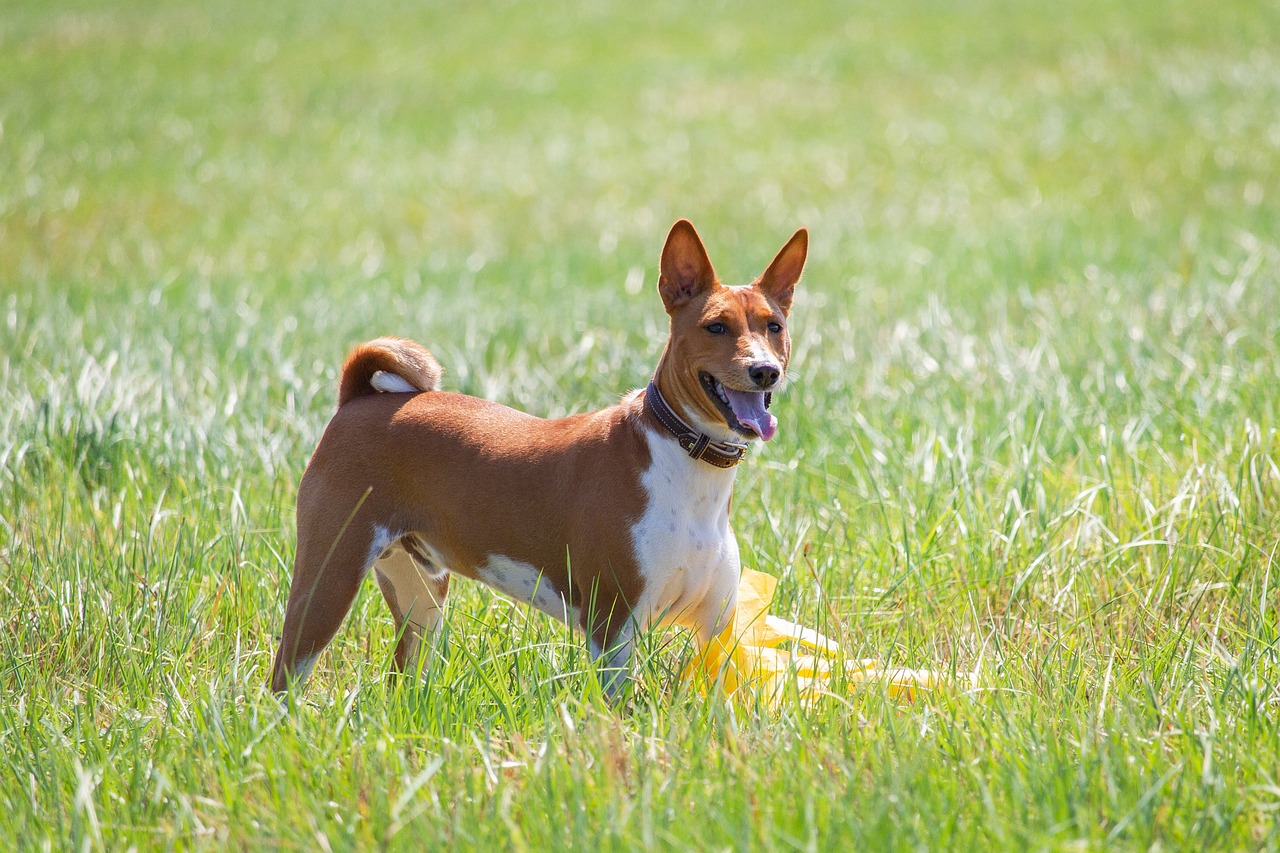


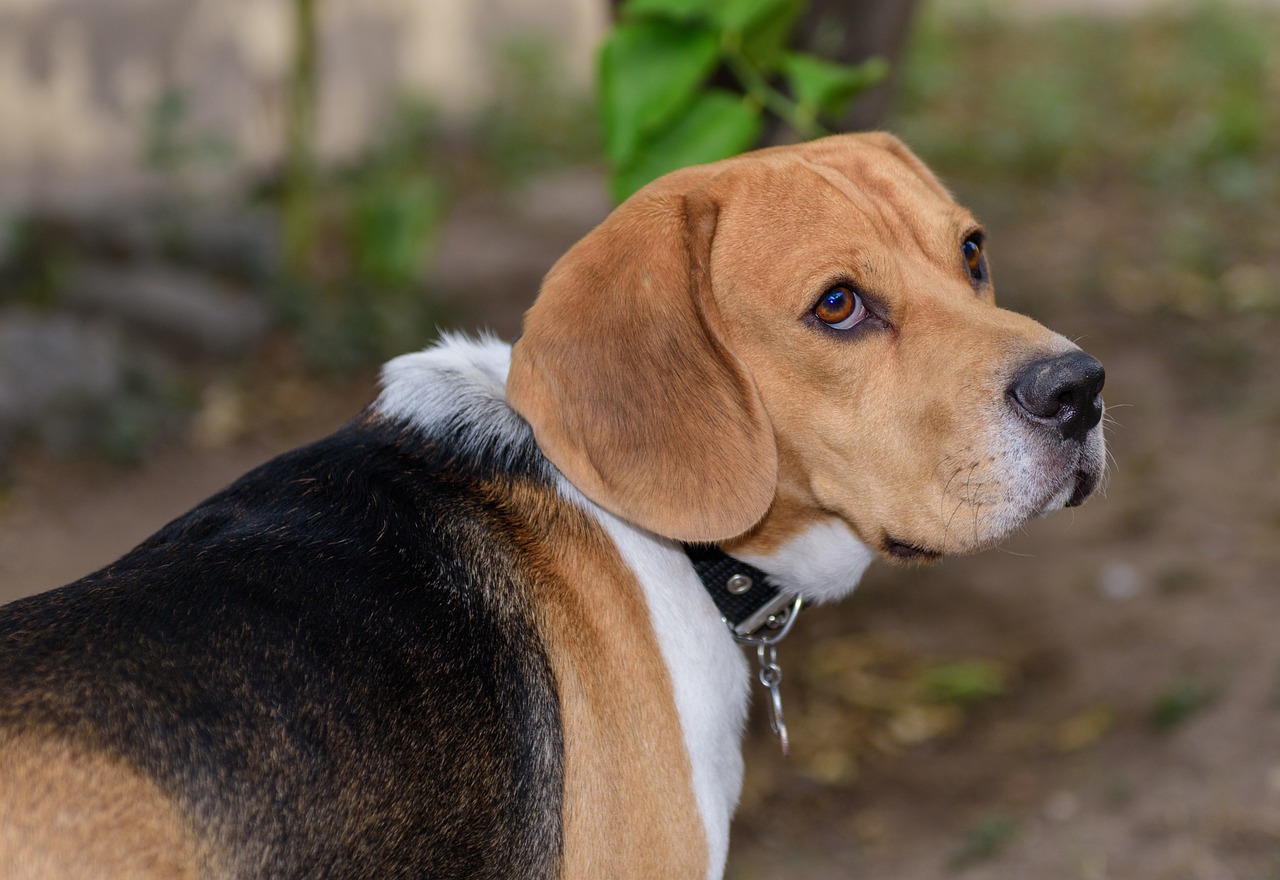

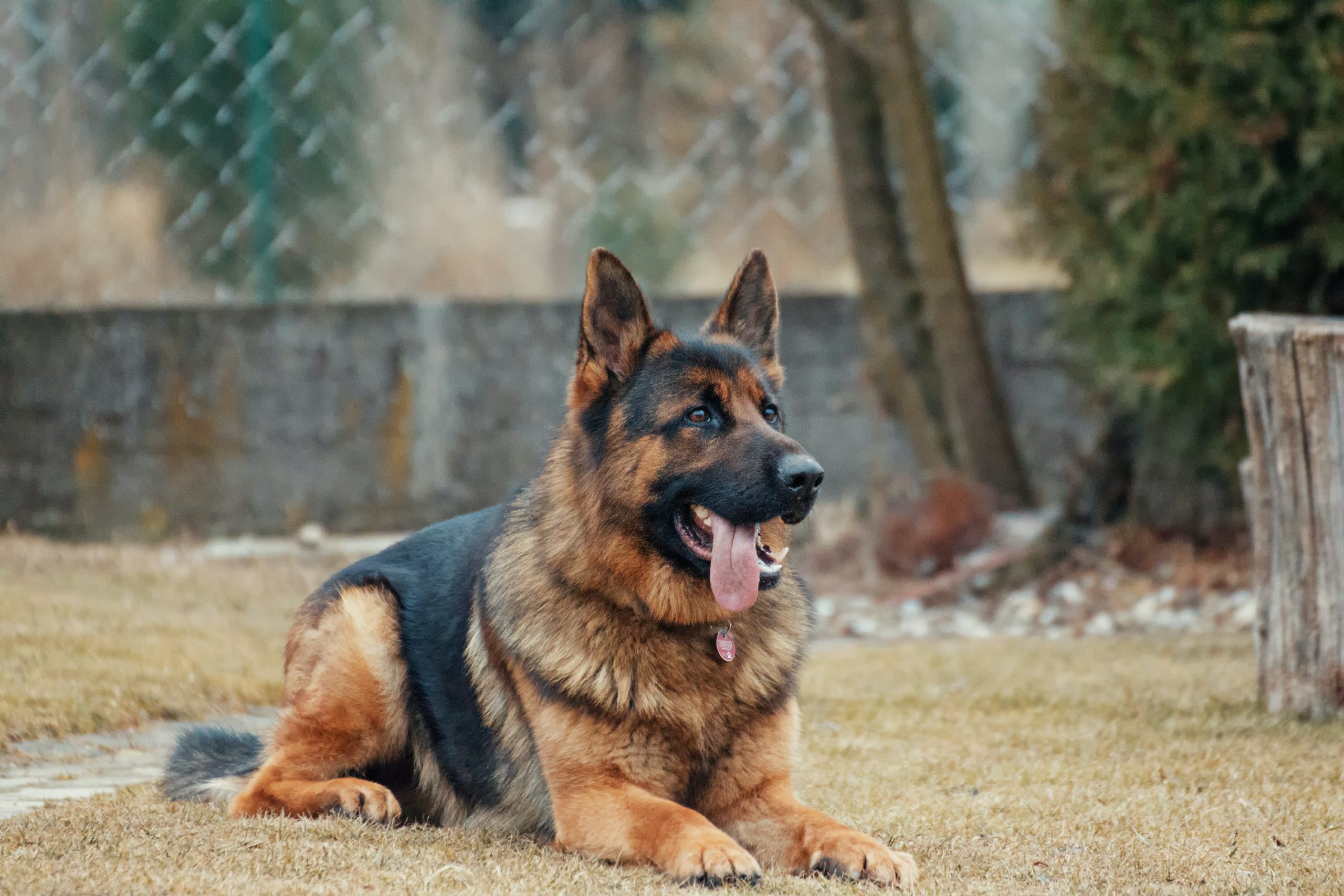
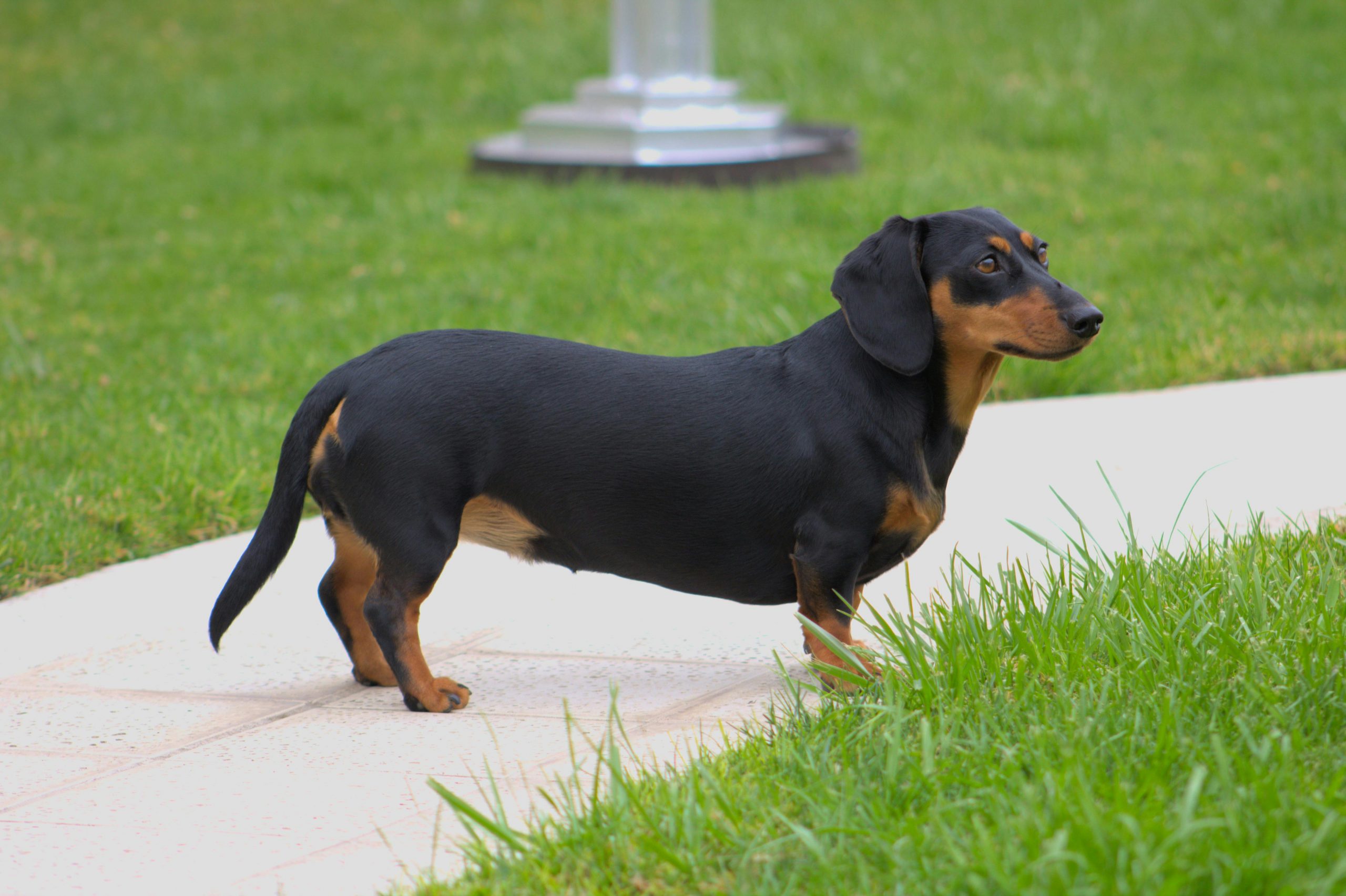

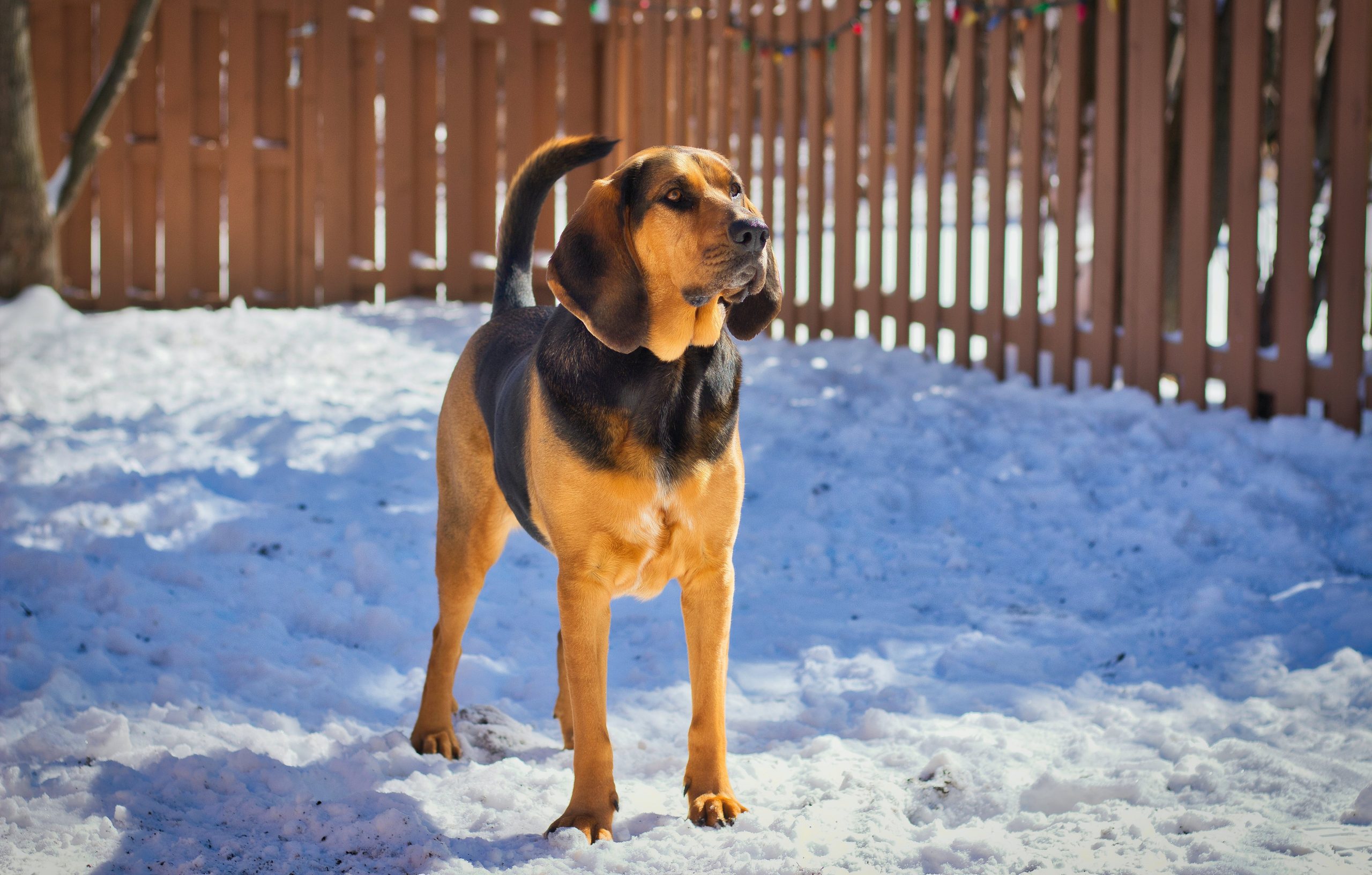

 Toledo, United States.
Toledo, United States.
